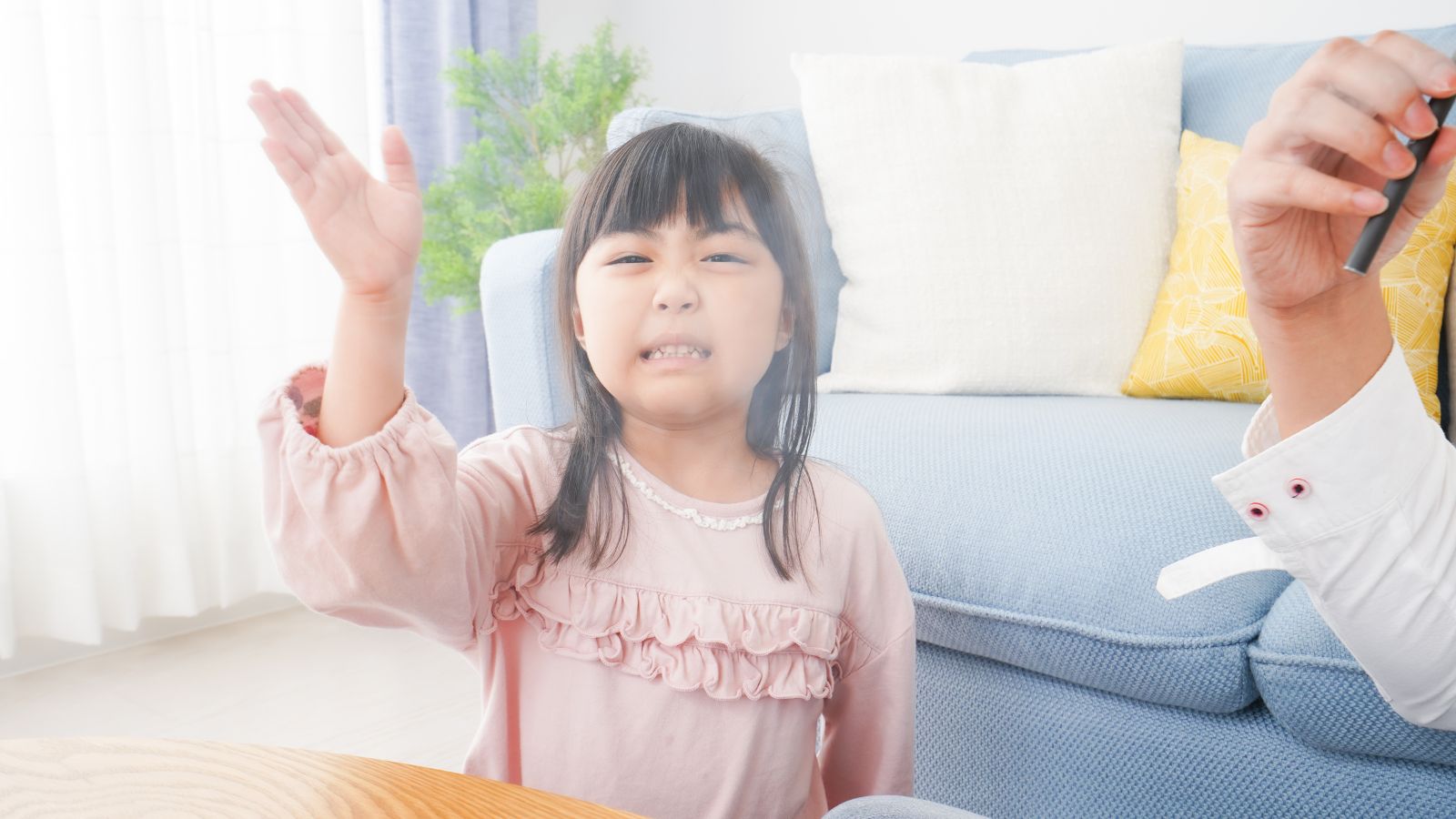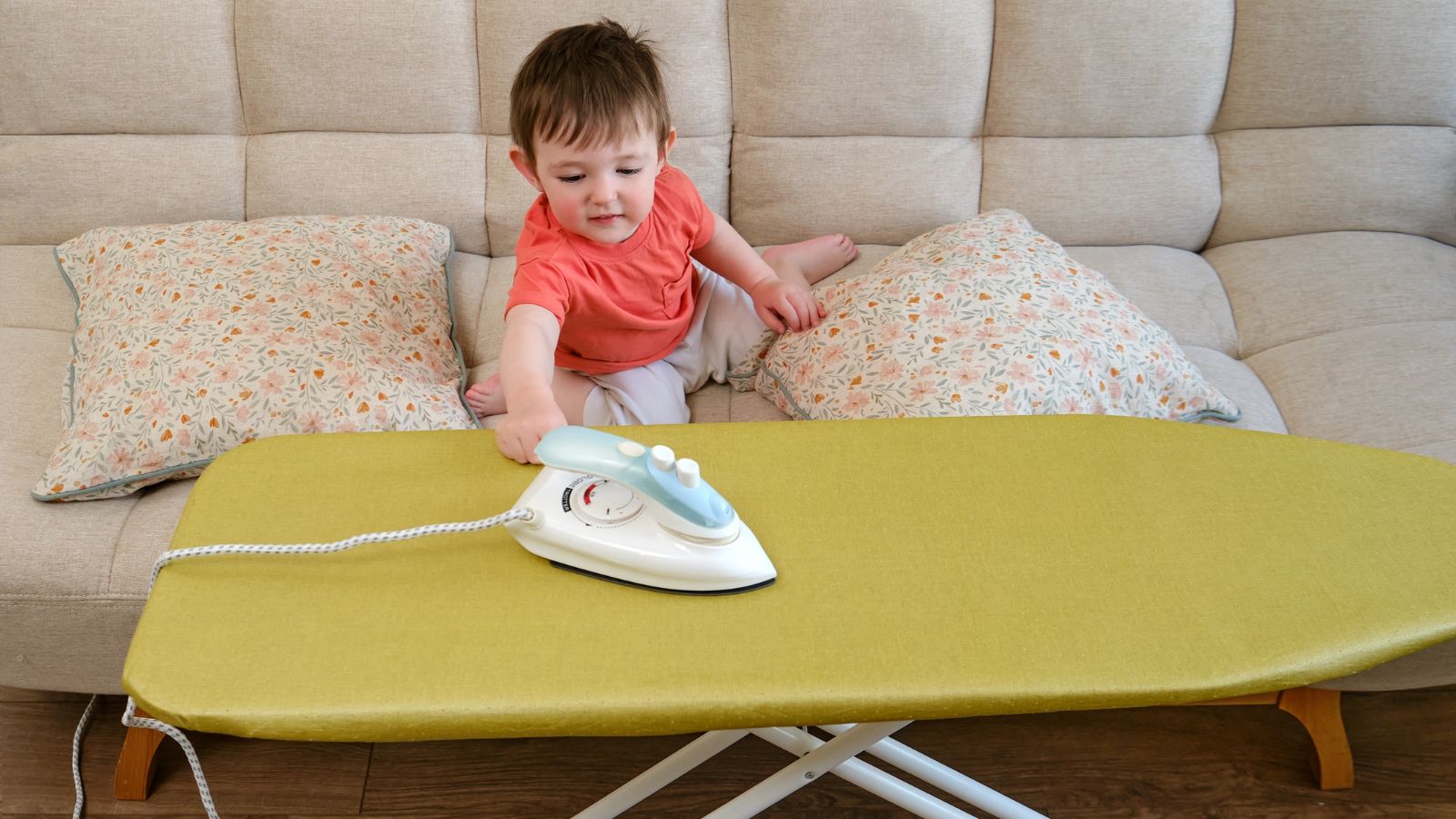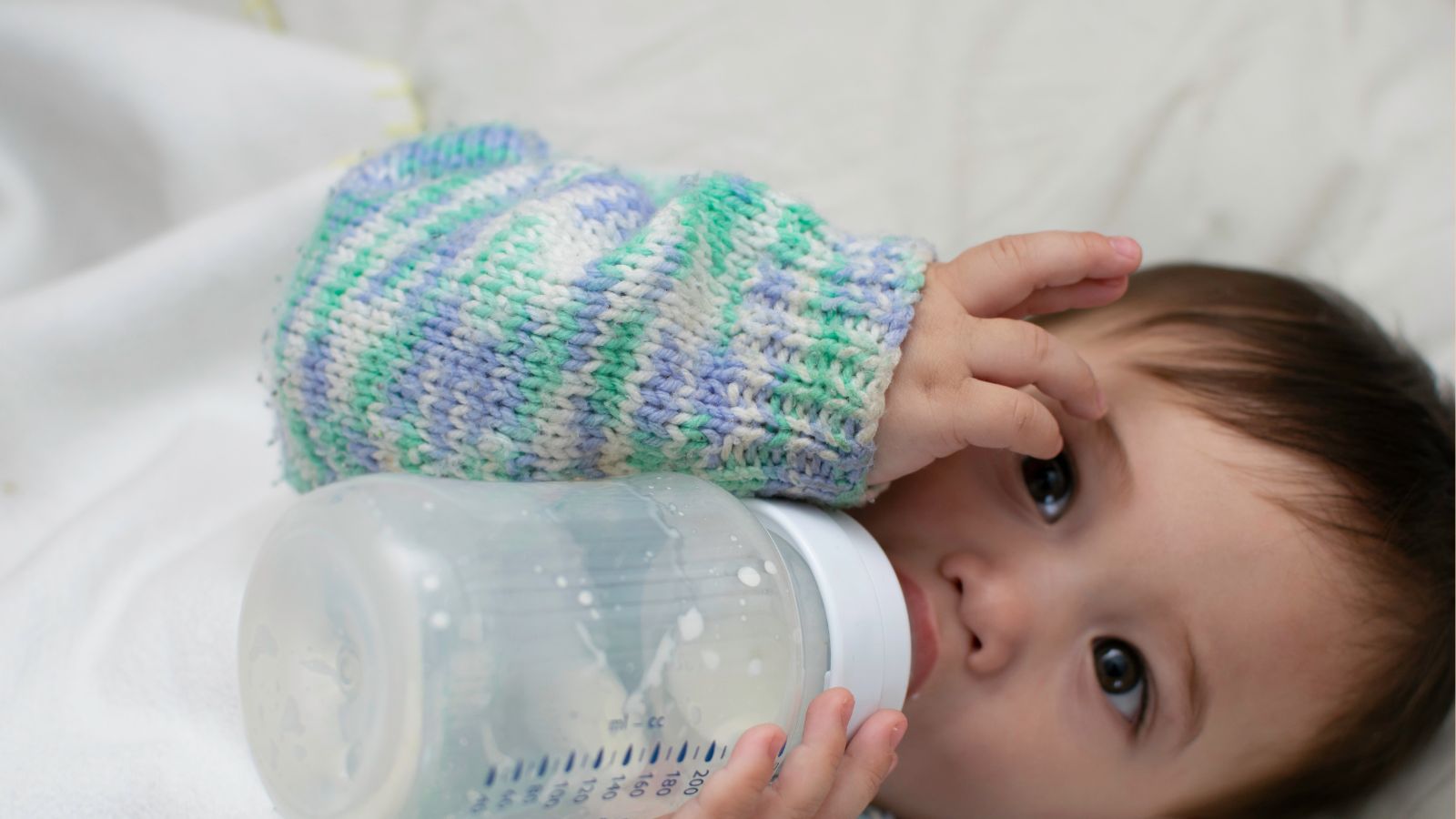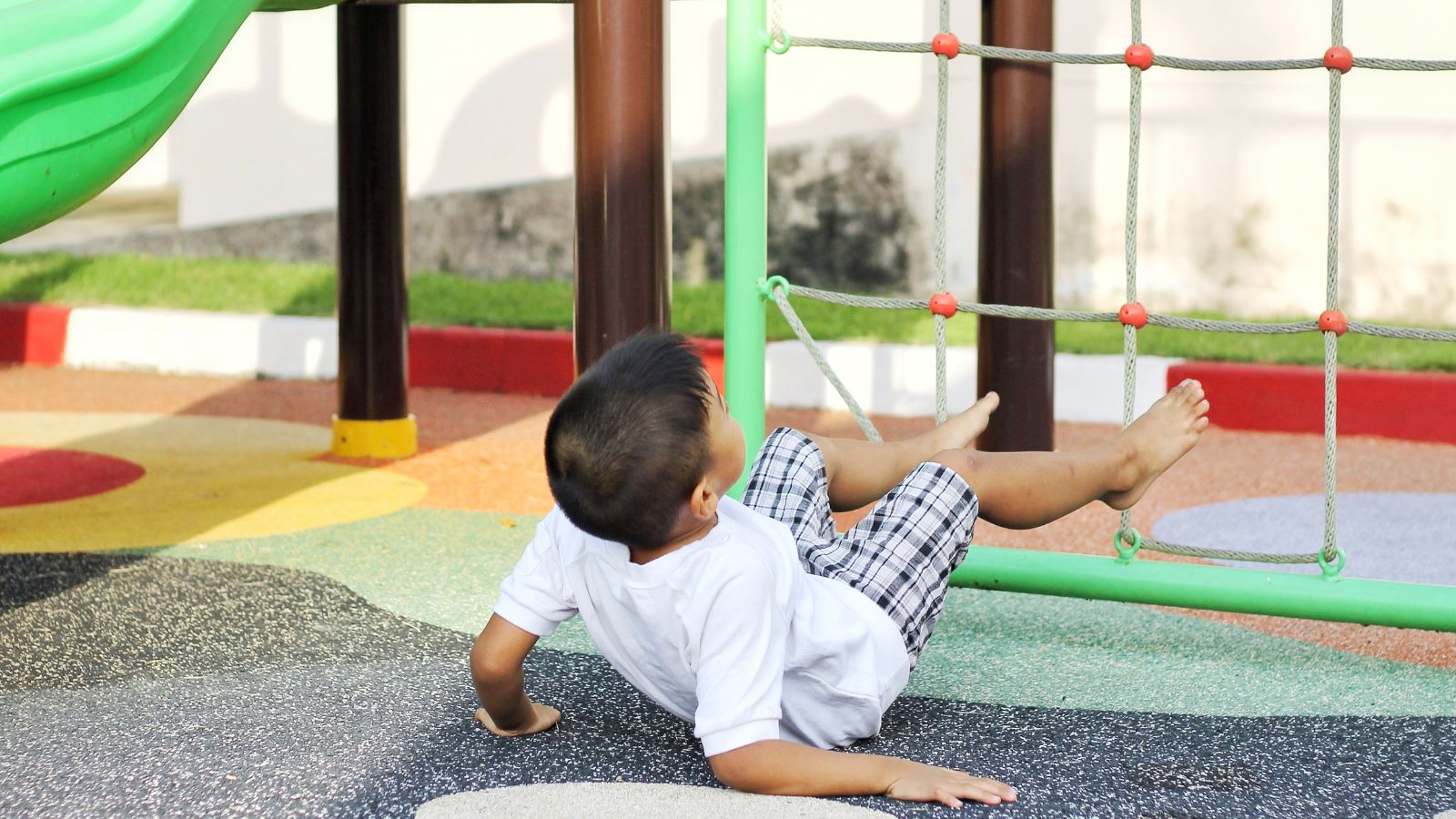As people and society evolve, individuals become more conscious of what may be socially acceptable. Like every other kind of trend, parenting styles often change over time. The parenting styles in the past may have worked for children who grew up then but would be considered outdated or even harmful today. These are 18 common parenting tips from the ‘80s that are now seen as harmful:
Make Babies Sleep On Their Stomach

As a precaution against choking, especially when falling asleep right after being fed, parents in the ‘80s would make their babies sleep on their stomachs and recommend that other parents do the same. Although this may have been effective in preventing choking, it increased other risks like the risk of SIDS or Sudden Infant Death Syndrome, which can be fatal.
Spanking Children

Parents used different methods to discipline their children, and in the ‘80s, the most common method was spanking. Spanking was considered to be the most effective method and was considered a socially acceptable practice. However, with the adverse effects that spanking can have on children’s mental health, spanking has become an outdated disciplining method and would even be considered harmful today.
Exposure to Secondhand Smoke

A common parenting practice in the ‘80s was smoking indoors without any ventilation and in the same room as children. Parents did not see any issue with smoking in the same room as their children in the ‘80s, and no one would advise against it. Studies have shown that exposure to secondhand smoke can be very harmful and can increase the risk of various respiratory illnesses and other health issues.
Leaving Children Unsupervised

With both parents working full-time jobs, it was common for children to be left unsupervised after school hours. This was a common practice in many households, and some parents would even recommend it to other parents who found it difficult to find babysitters. This was a risky practice and potentially harmful as the children’s safety and well-being would be at risk for many hours as they sat at home without any adult supervision.
Car Safety

Car safety was not very popular in the ‘80s, and car safety rules were not followed, especially regarding children. There were guidelines or rules that required children to wear seatbelts or use car seats. Parents did not find this concerning or see the potentially harmful risks that could arise without following car safety practices. This could have led to many unwanted injuries in the car.
Eating Processed Food

Convenience foods were named as such because they were easy to eat and had a full meal, albeit without any nutritional benefits. The consumption of these foods and high-sugar content snacks grew in the ‘80s, especially among children. No recommendations or tips helped parents realize how unhealthy these foods were, especially for children.
Emotional Support

Many children who grew up in the ‘80s lacked any emotional support from their parents. Parents did not feel they were required to provide emotional support to their children as they could provide for them in other ways. This lack of emotional support hurt most children’s mental health who grew up in environments that may be considered unsupportive.
TV Watching

Watching TV is a parenting practice that ensures children sit in place and do not require much supervision. However, the lack of supervision, even when watching TV, could be harmful because of the kind of content that the children are watching. Many times, children are exposed to inappropriate content, which can negatively impact them in different ways.
Bottle Feeding Practices

Parents in the ‘80s often recommended feeding children formula, which was also heavily promoted by formula-making companies. Feeding children formula too often and even leaving a bottle in the baby’s mouth unattended could lead to overfeeding and a range of dental issues. These practices are no longer followed today, and breastfeeding babies is recommended over feeding them formula.
Breastfeeding Support

In relation to the previous point, women in the ‘80s, especially new mothers, were not educated or properly informed about the benefits of breastfeeding and what practices to follow to have an easy breastfeeding experience for both the mother and the child. The lack of such support often meant that women would end up feeding their children formula, which did not have as many health benefits for the children.
Unsafe Playgrounds

Playgrounds in the ‘80s were often made of heavy-duty materials, mostly metals. This included the equipment usually found in a playground, from slides to swings, etc. Parents would take their children to the playgrounds, but any accident could lead to serious injuries because of the metal.
Sun Protection

Sunscreen or any other kind of sun protection was uncommon in the ‘80s. Parents would take their children out to play under the sun without sun protection. This may have been because of the parents’ lack of awareness or simple carelessness, who would often remember to use sunscreen for themselves.
Gender Stereotyping

Gender stereotyping is an issue that many people deal with today. However, the ‘80s saw parents following strict gender stereotyping in various ways. Whether it was ensuring that children stuck to specific colors or limiting children to gendered roles, gender stereotyping was at its peak in the ‘80s. This often limited the children’s ability to express themselves and their personal development.
Overuse of Antibiotics

Often, when children who grew up in the ‘80s fell ill, they would be prescribed antibiotics for medication. The overuse of antibiotics led to many children developing antibiotic resistance, which could have led to long-term effects on the children spanning even into adulthood. Today, the prescription of antibiotics has been limited only to when necessary to ensure that children do not build up a potentially harmful resistance.
Using Pacifiers

Many parents use pacifiers for their infants for a range of reasons. However, parents in the ‘80s provided their children with pacifiers over an extended period. The overuse of pacifiers led to many potential dental issues and even a dependency issue for the children. Parents were unaware of the adverse effects of overusing pacifiers and would leave their children with pacifiers far beyond the recommended age.
Sleep Training Methods

One of the most common methods to make children fall asleep in the ‘80s was to allow them to cry it out. This method was popular among new parents who believed it was the most effective way to help their child fall asleep. However, crying it out may have led children to develop emotional issues that affect them even in adulthood.
Competitive Environments

Many children who grew up in the ‘80s were highly competitive, even among their siblings. Parents often stressed competitive attitudes at school or in all kinds of extracurricular activities, which caused many children to develop stress and anxiety issues.
Cultural Diversity Awareness

When children are growing up, they learn only about the cultures and communities they are exposed to. In the ‘80s, parents did not see teaching their children about cultural diversity as a requirement. This often led to biases and misunderstandings when the children encountered people from other cultural backgrounds.
14 Cars with a Reputation for Running Forever and Why They Outperform the Rest

In the dynamic world of automobiles, some cars stand out for their remarkable longevity and enduring performance. These road warriors have earned a reputation for running seemingly forever, outpacing their counterparts. This article will explore 14 such vehicles and the reasons behind their legendary durability.
14 Cars With A Reputation For Running Forever And Why They Outperform The Rest
Alanna Rosen is an experienced content writer that focuses on many finance and educational content. Her articles are regularly published on Web3Tribe and syndicated on large publications.
